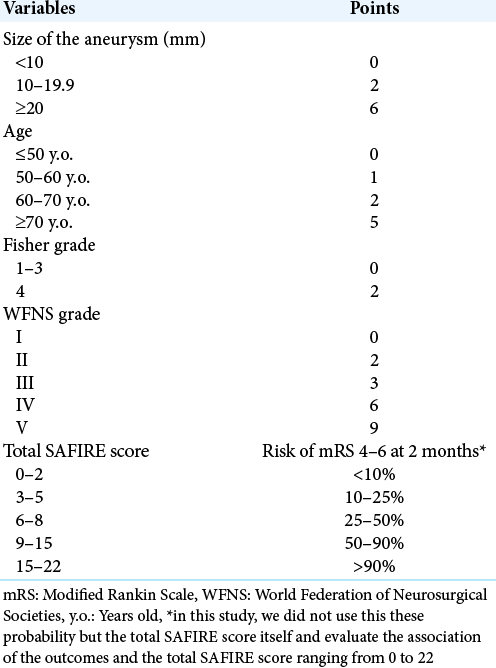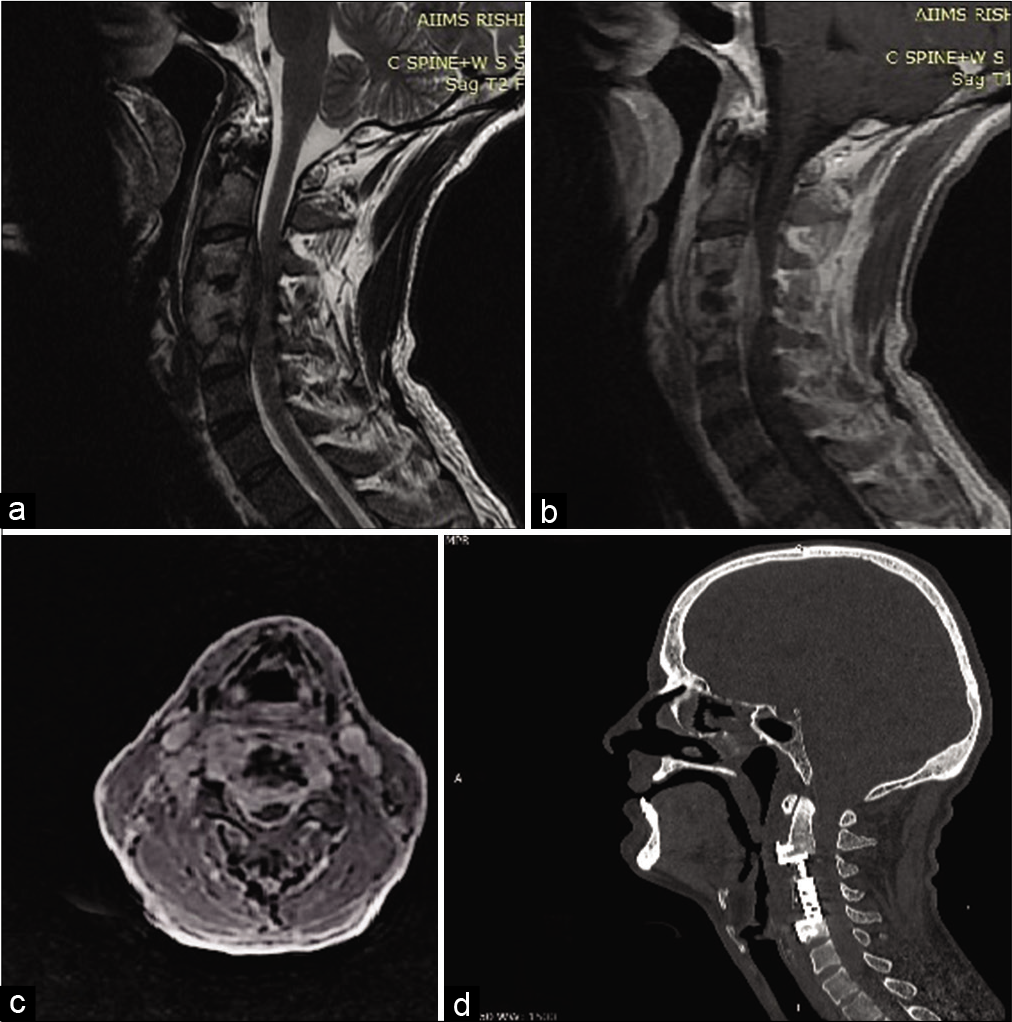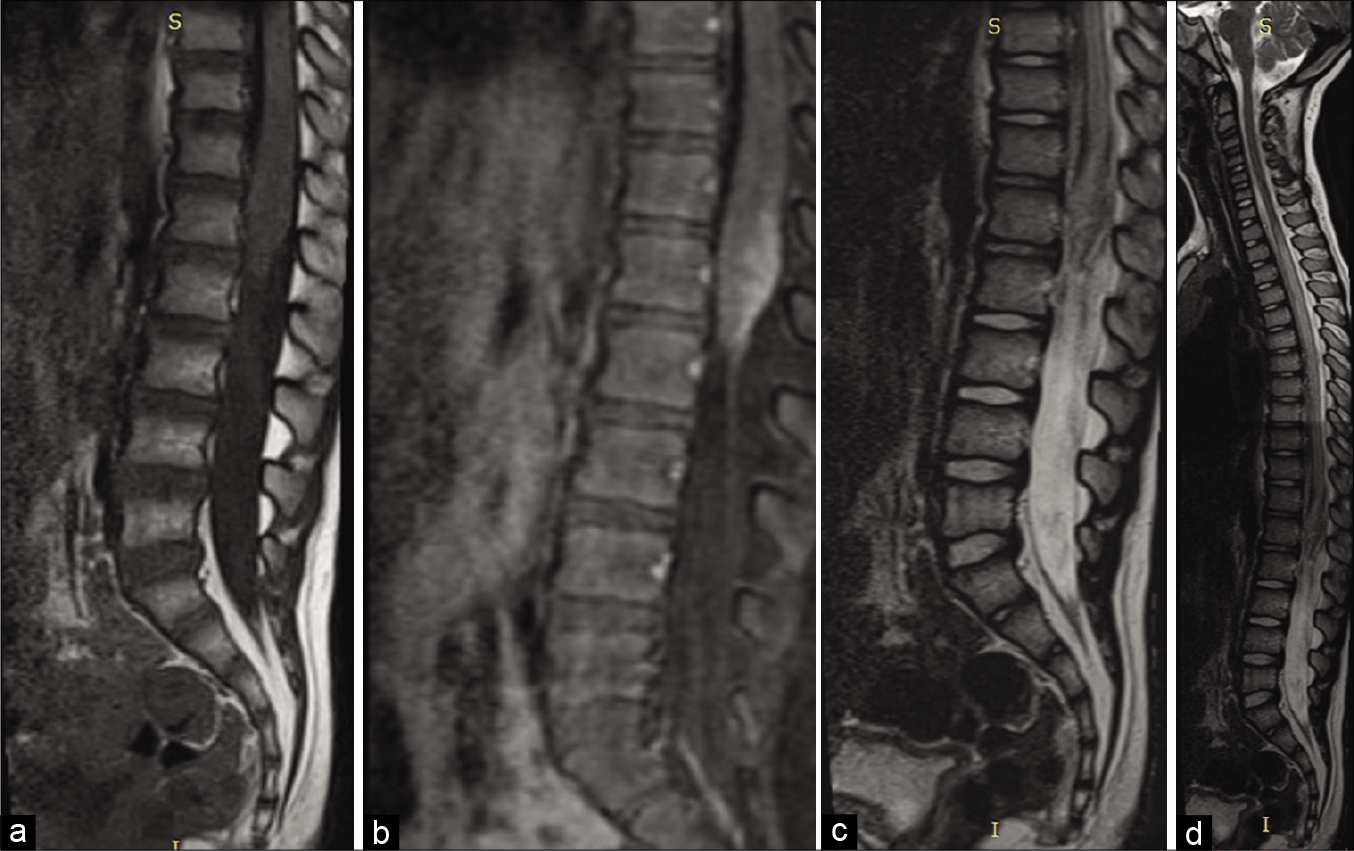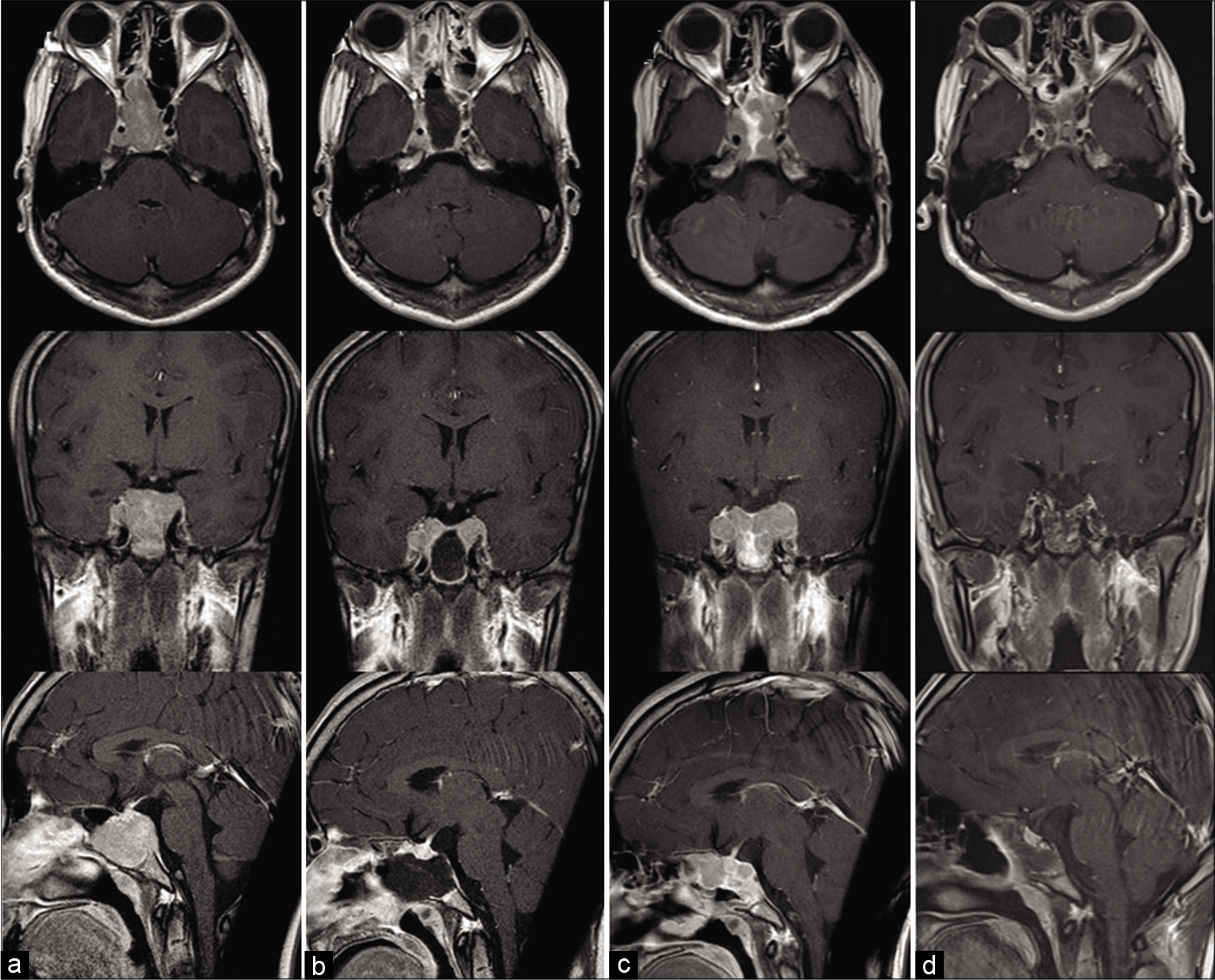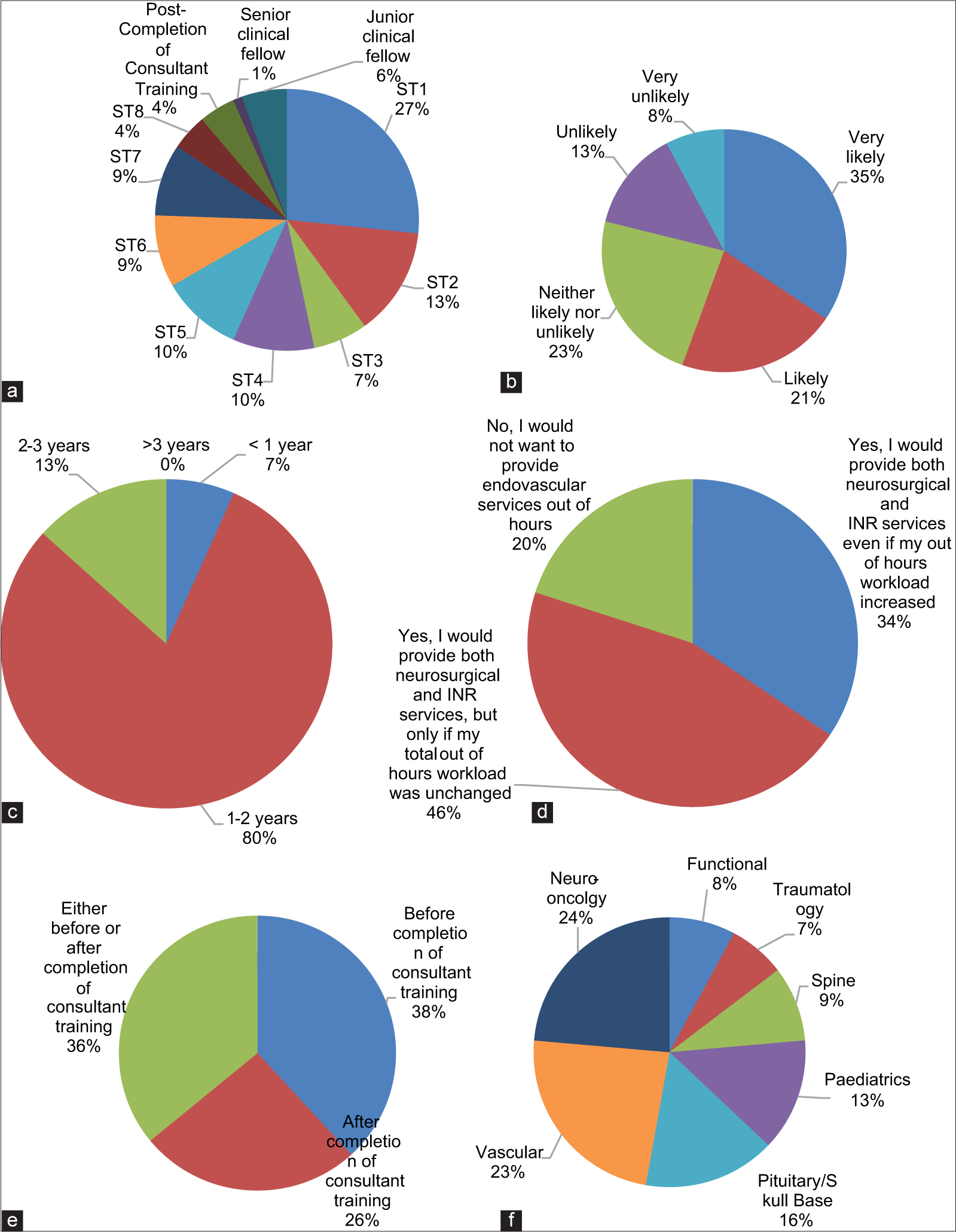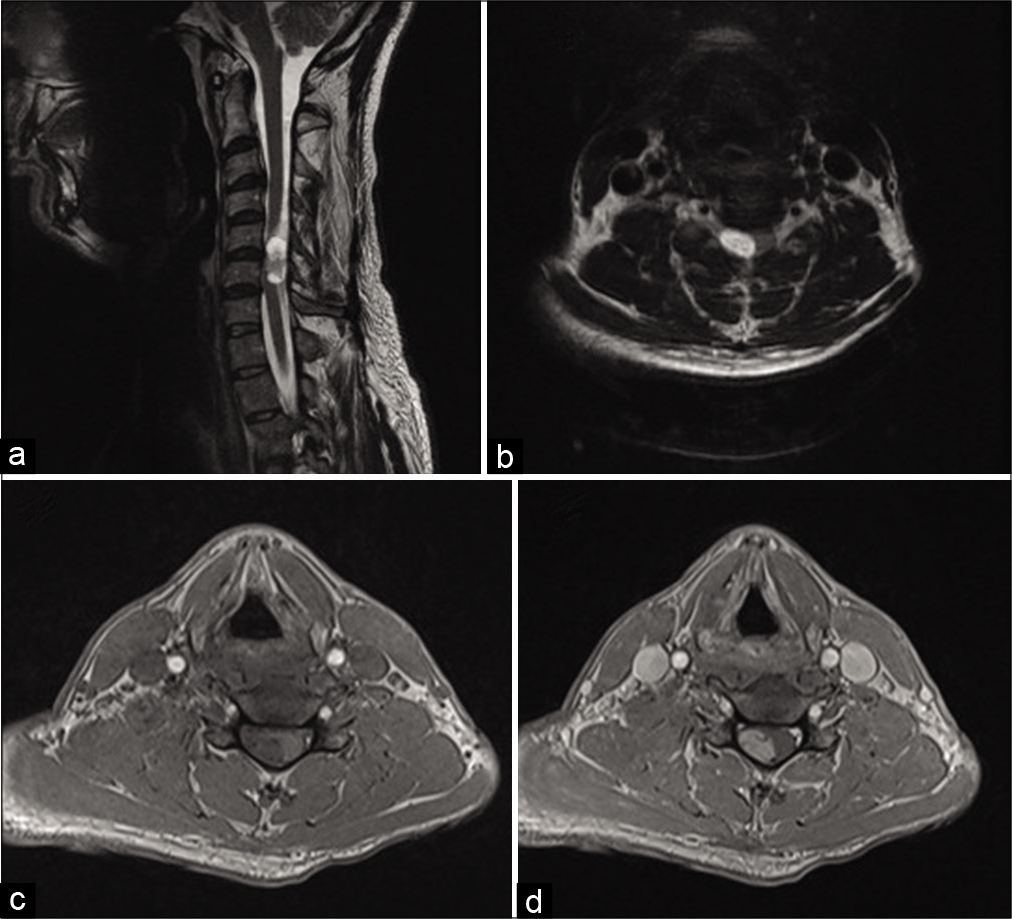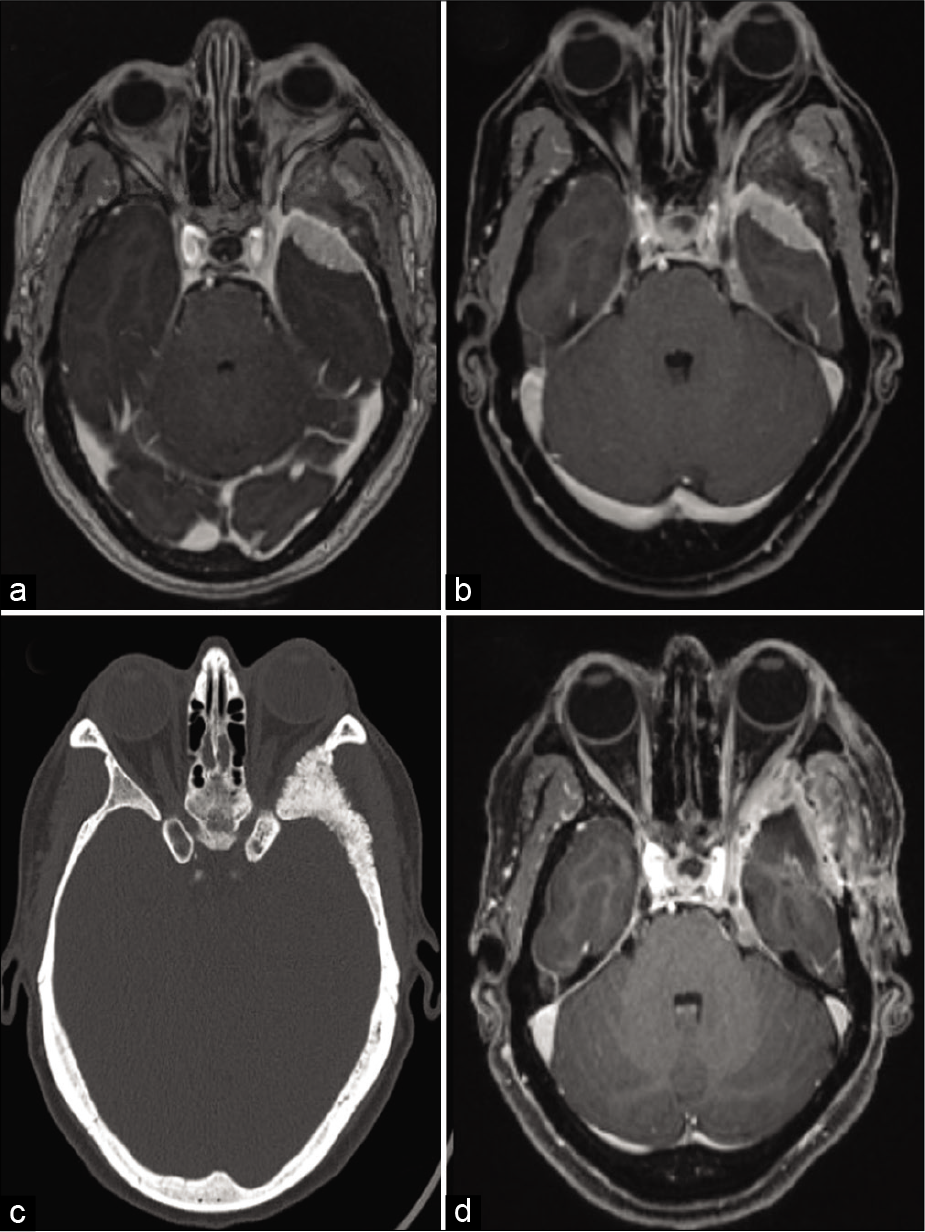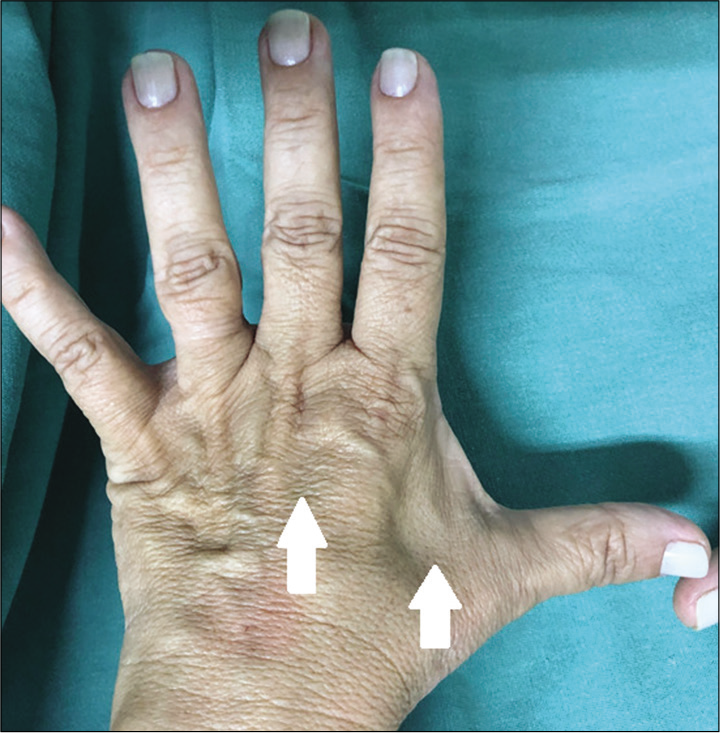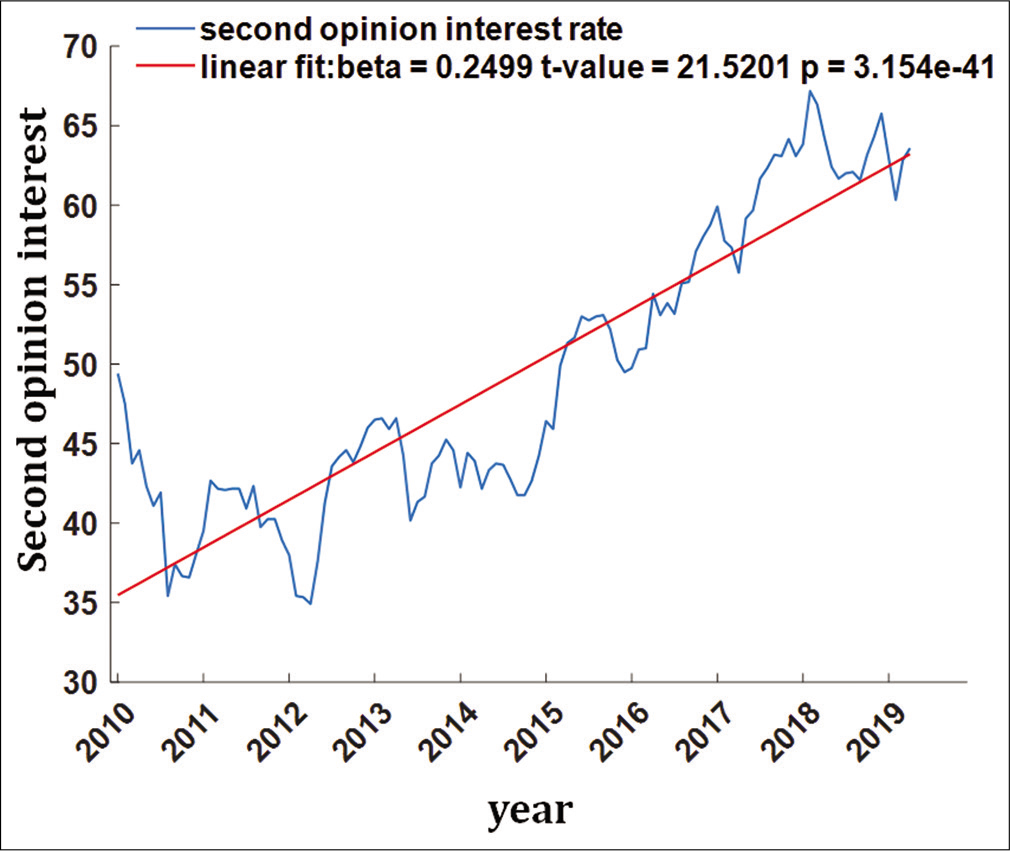Easily created prediction model using deep learning software (Prediction One, Sony Network Communications Inc.) for subarachnoid hemorrhage outcomes from small dataset at admission
Date of publication: 06-Nov-2020
Background: Reliable prediction models of subarachnoid hemorrhage (SAH) outcomes are needed for decision-making of the treatment. SAFIRE score using only four variables is a good prediction scoring system. However, making such prediction models needs a large number of samples and time-consuming statistical analysis. Deep learning (DL), one of the artificial intelligence, is attractive, but there were no reports on prediction models for SAH outcomes using DL. We herein made a prediction model using DL software, Prediction One (Sony Network Communications Inc., Tokyo, Japan) and compared it to SAFIRE score.
Primary anaplastic lymphoma kinase-negative anaplastic large cell lymphoma of cervical spine presenting with quadriplegia: A case report and literature review
Date of publication: 06-Nov-2020
Background: An anaplastic large cell lymphoma (ALCL) involving the cervical spine and leading to quadriplegia is very rare.
IDH1-mutant primary intraventricular gliosarcoma: Case report and systematic review of a rare location and molecular profile
Date of publication: 06-Nov-2020
Background: Gliosarcoma (GS) is classified as an IDH-wild-type variant of glioblastoma (GBM). While GS is already an unusual presentation of GBM, IDH1-mutant cases are especially rare. We present an IDH1-mutant primary intraventricular GS case report and a systematic review of the molecular profile in GS correlating to the prognostic and pathogenesis of IDH1/2 mutations.
Intramedullary spinal schistosomiasis in a child with acute myelopathy: A case report
Date of publication: 06-Nov-2020
Background: Neuroschistosomiasis is defined as an infection of the nervous system caused by Schistosoma mansoni. Neuroschistosomiasis is an important differential diagnostic consideration in pediatric patients presenting with myelopathy. Surgical excision combined with antiparasitic drugs typically provides a satisfactory outcome and often results in neurological recovery.
Dosing interval adjustment of denosumab for the treatment of giant cell tumor of the sphenoid bone: A case report
Date of publication: 06-Nov-2020
Background: In the treatment of giant cell tumor of bone (GCTB), the efficacy and safety of denosumab, a receptor activator nuclear factor κ-B ligand inhibitor, has previously been demonstrated, especially for unresectable tumors. One of the current issues in denosumab treatment for unresectable GCTB is whether it can be discontinued, or whether the dosage or the dosing interval can safely be adjusted, if discontinuation is not possible, to avoid the occurrence of side effects.
What do neurosurgical trainees think about neuro-interventional training and service provision in the United Kingdom?
Date of publication: 06-Nov-2020
Background: There is a disparity between the number of interventional neuroradiologists (INRs) in the UK and the number needed to provide a comprehensive 24/7 interventional neurovascular service. It is recognized that trainees from other specialties such as neurosurgery may be able to provide INR services after appropriate training. At present gaining skills in INR is not a mandatory requirement of the neurosurgical training curriculum in the UK. The views on this issue of current neurosurgical trainees are unknown. We aimed to address this knowledge gap.
Intradural extramedullary pleomorphic xanthoastrocytoma: A case report
Date of publication: 29-Oct-2020
Background: Pleomorphic xanthoastrocytomas (PXAs) are uncommon intradural and typically intramedullary astrocytic central nervous system tumors. Although they commonly occur supratentorially, they are rarely seen in the spine.
High-grade spheno-orbital meningioma in patients with systemic lupus erythematosus: Two case reports and literature review
Date of publication: 29-Oct-2020
Background: Spheno-orbital meningiomas (SOMs) are often benign. The association of meningioma and systemic lupus erythematosus (SLE) is rarely discussed in the literature. Here, we report two patients with high-grade, SOMs with a prolonged history of SLE and review the literature.
Acute handlebar syndrome: Two extremes of a challenging diagnosis
Date of publication: 29-Oct-2020
Background: Ulnar nerve mononeuropathy diagnosis can be challenging depending on where neural lesion is present. Repetitive trauma during cycling is a rare cause of ulnar neuropathy.
The market landscape of online second opinion services for spine surgery
Date of publication: 29-Oct-2020
Background: The aim of this study was to identify patient interest in second opinion services online and identify the options patients have in obtaining second opinions from spine surgeons in the United States.


